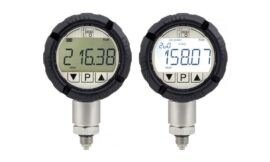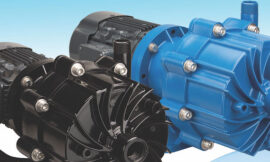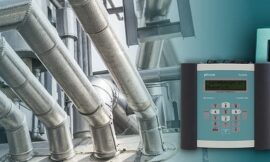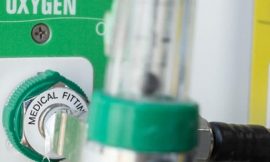![]()
Cortec® water treatment “animals” help boiler owners and operators get the best ROI on seasonal or long-term layup of boilers. This flexible and diverse range of layup products provides easy and effective solutions to prevent boiler corrosion so assets can be restarted easily and without immediate or long-term corrosion complications. Yet, as important as it is to choose the right boiler layup corrosion inhibitors, it is almost equally critical to apply them properly. Cortec® therefore recommends the following best practices to make the most of boiler layup.
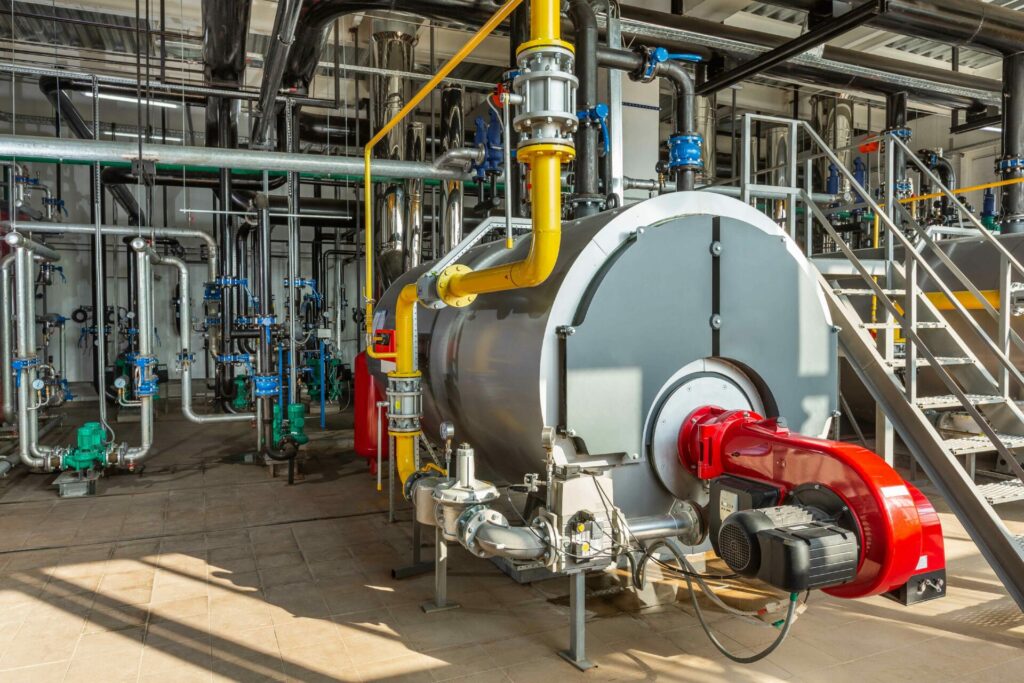
Why Use Cortec® Water Treatment ‘Animals’?
Cortec® water treatment “animals” easily outperform the cost-benefit ratio of using desiccant, dry air systems, and nitrogen blanketing for layup. The key benefit comes from Cortec’s Vapor phase Corrosion Inhibitor Technology, which drastically simplifies and improves corrosion protection during layup. These VpCI® inhibitors vaporize and diffuse throughout the entire void space, forming a protective molecular barrier on all metal surfaces enclosed within the boiler. Vapor phase Corrosion Inhibitors typically do not need to be removed before startup. They offer comprehensive protection during the layup phase and include versatile options for both dry and wet layup.
Which Dry Layup Product is Best for Each Boiler?
When choosing a dry layup product, the boiler operator must consider both the size and the part of the boiler being protected. While application is flexible and may vary from case to case, a general rule of thumb is to use the Boiler Gecko™ for smaller boilers, the Boiler Lizard® for mid-sized boilers, and the Boiler Dragon™ for the largest boilers. The specific component in need of protection also affects the choice. For example, the Boiler Lizard® is an outstanding treatment for laying up the boiler waterside because it simply dissolves in water when the boiler is being refilled at startup, no removal needed. However, when used to protect the fireside, the Boiler Lizard® must be removed before firing the boiler up again. To avoid this extra step, Boiler Gecko™ or Boiler Dragon™ fogging fluids are an ideal first-choice for fireside protection. They can also be used in the waterside if desired and should be chosen whenever yellow metals are present.

Best Practices for Dry Layup
For applications that use the Boiler Lizard®, workers should slit open the inner water-soluble packaging 2-3 inches (5-7.5 cm) from each end to allow the release of protective corrosion inhibiting vapors. It is better to do this after placing the Boiler Lizard® inside the boiler so the VpCI® powder does not spill during application. Although one of the beauties of the Boiler Lizard® is that the boiler does not need to be completely dry before application, it is also important to not leave the Boiler Lizard® in a puddle of water or someplace where it might get wet. Otherwise, the Boiler Lizard® may harden or cake and may not dissolve easily in the refill water. One Boiler Lizard® should be added for every 1,000 gallons (3.8 m³) of boiler volume.
Fogging applications require either one can of Boiler Gecko™ per 100 gallons (380 L) or 1 gallon of Boiler Dragon™ per 1,000 gallons (1 L/1 m³). Workers should keep one access point open on each end of the boiler system and continue fogging into one opening until the product starts coming out of the other opening to ensure complete application. For systems that are large or complex, a fan or vacuum pump can be placed at the opposite end to help pull the vapors through. After application, all openings should be sealed to trap the protective vapors inside. Frequent monitoring is not needed, but placement of corrosion coupons at easy-to-access points inside the boiler will allow maintenance teams to check for ongoing effectiveness every six to 12 months.
To make the most of dry layup, another great practice is to add the Boiler Egg™ at the same time as the Boiler Lizard®, Gecko, or Dragon. The Boiler Egg™ will remain dormant until the boiler is refilled with high-oxygen-content makeup water. At this point, the Boiler Egg™ will dissolve and release a specialty formula that protects against the higher risk of oxygen pitting corrosion during the critical startup phase when the normal chemical operating system is not yet in place.
Why Choose Cortec® Wet Layup ‘Animals’?
While dry layup is more common, wet layup is often needed for redundant boilers on standby or in other circumstances that do not allow much time to refill and reheat the entire boiler. Again, Cortec’s Vapor phase Corrosion Inhibitors offer an excellent strategy for effective corrosion protection with little monitoring or maintenance required. An exciting factor is that Vapor phase Corrosion Inhibitors protect metal surfaces in the headspace above the level of the boiler water, whereas most corrosion inhibitors only protect the metal surfaces in contact with the treated water. Unlike traditional methods of adding sulfites and maintaining high pH, Cortec’s boiler “animals” for wet layup do not require constant monitoring and chemical replacement.
Best Practices for Wet Layup
The key to getting the best possible corrosion protection with Cortec’s wet layup “animals” is to ensure the formulations are distributed as thoroughly as possible throughout the system. Adding the product at the last minute or only to the top of the boiler water is simply not enough. Adequate mixing is critical and can be achieved in two ways. The best scenario is when the boiler is equipped with a pot feeder and circulating pump. The pot feeder is where sulfite and high alkalinity chemicals are usually added, but the water treatment specialist can easily substitute Boiler Iguana™ (2,000 ppm), Boiler Salamander™ (600-800 ppm), or Boiler Turtle™ (3,000-10,000 ppm) at the same point for better results. The circulating pump constantly turns the water over, ensuring that the Cortec® boiler “animal” will be thoroughly distributed during layup.
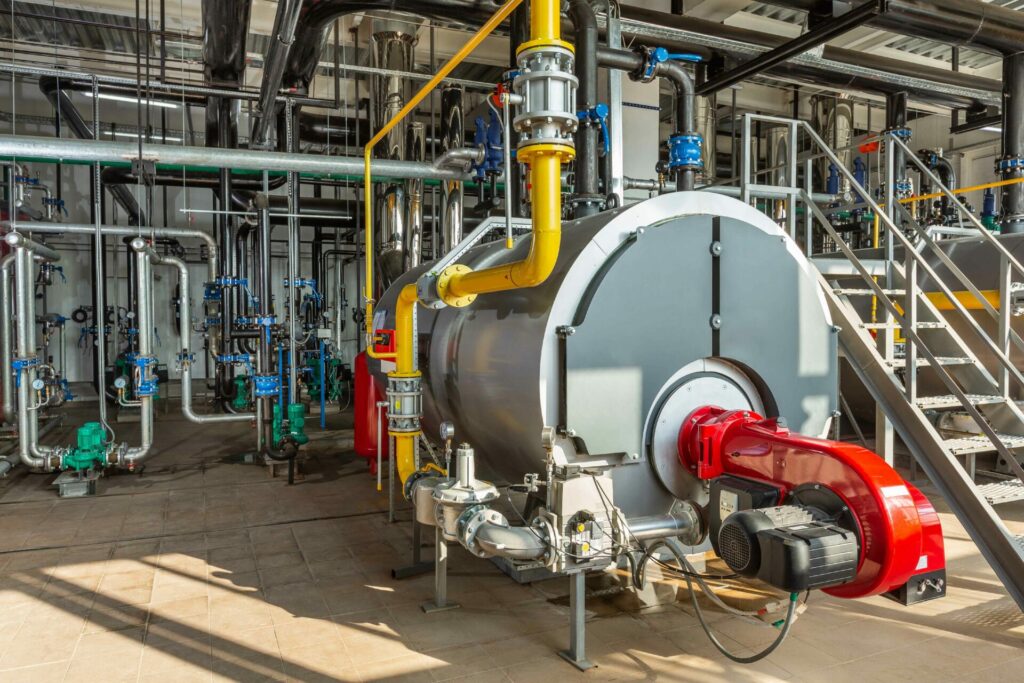
When a built-in circulating pump is not available, the next best strategy is to drain the water halfway (to make room for new water) and add water treated with the Boiler Iguana™, Boiler Salamander™, or Boiler Turtle™ to the system at the farthest point away from the boiler as possible. For example, by adding the layup treatment to the condensate tank, which is often at the opposite end of a boiler system, the water treatment chemicals will be circulated throughout the entire boiler loop to allow maximum distribution and corrosion protection of as many boiler components as possible. In either case, wet layup with Cortec® water treatment “animals” is much easier than having to constantly monitor and replenish standard wet layup chemicals. It is also much faster than having to fill and reheat the entire boiler after a dry layup. As with dry layup, corrosion coupons installed near an access point can help the water treatment specialist periodically verify active protection.
Go for the Best in Boiler Layup!
Boiler shutdown and layup is a critical phase of a boiler’s lifecycle, but it does not have to be overwhelming. With Cortec® water treatments, boiler operators can perform asset preservation with confidence and convenience. Contact Cortec® today to take advantage of both the best boiler layup products and practices on the market: Contact Us.
This article is published by
Cortec® Corporation is trusted globally in the corrosion protection business. Headquartered in St. Paul, Minnesota, Cortec® manufactures environmentally friendly, Vapor phase Corrosion Inhibitor (VpCI®) & Migratory Corrosion Inhibitor (MCI®) technologies. Cortec® has over 400 products for Construction, Packaging, Metalworking, Electronics, …
Source of Article
